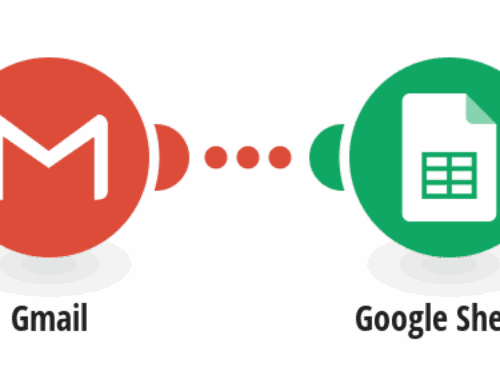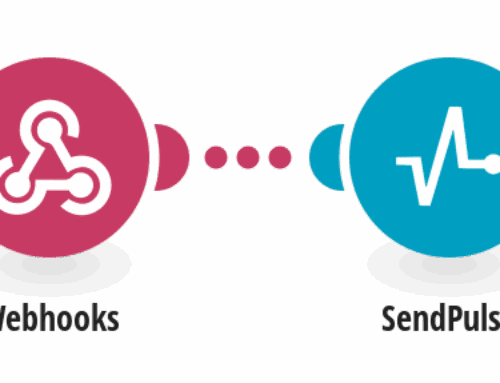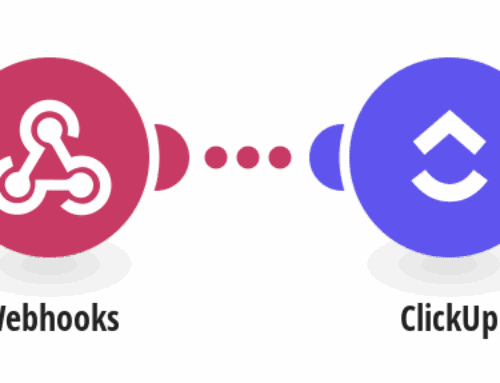How to Parse JSON from HTTP Requests: A Simple Guide
Introduction to JSON and HTTP Requests
In the digital age, data is king. It’s everywhere, flowing like a river through cables and airwaves. One of the most common formats for this data is JSON, which stands for JavaScript Object Notation. But what does that really mean, and why should you care? Essentially, JSON is a lightweight data-interchange format that’s easy to read and write for humans and machines alike.
HTTP requests, on the other hand, are the method through which data is sent and received over the web. When these two come together, they form a powerful duo enabling seamless communication between applications across the globe. Whether you’re a seasoned developer or just dipping your toes into the coding world, understanding how to parse JSON from HTTP requests can be an invaluable skill.
Understanding JSON Structure
Before diving into parsing, it’s crucial to understand the structure of JSON itself. Think of JSON as a tree with branches leading off in every direction. Each branch represents a key-value pair. Keys are strings, while values can be strings, numbers, objects, arrays, true, false, or null. This flexibility allows JSON to represent complex data structures in a hierarchical manner.
Imagine moving a dresser; you’d want to know how all the drawers fit before taking it apart. Similarly, knowing the layout of your JSON data helps you navigate and manipulate it effectively. This understanding is vital, especially when dealing with data originating from HTTP requests, where the structure might vary depending on the source.
Making HTTP Requests
So, how do you initiate the dance with your digital partner – the HTTP request? In essence, making an HTTP request is like sending a letter; you’re asking for information, hoping for a reply. Various methods can be employed, such as GET, POST, PUT, DELETE, etc., each serving a different purpose depending on what you’re trying to achieve.
The choice of method often dictates the kind of interaction you have with the server. For parsing JSON, you’ll generally work with GET or POST requests. These methods retrieve data from a specific endpoint, allowing you to fetch the JSON payload that you can then decode and use within your application.
Tools and Libraries for HTTP Requests
Just like any craftsman needs tools, developers use various libraries and tools to streamline HTTP requests. In JavaScript, the Fetch API or Axios are popular choices, providing simple interfaces to make asynchronous HTTP requests with ease. Similarly, in Python, libraries like Requests offer a straightforward way to handle these interactions.
Choosing the right tool can make the difference between a smooth, efficient workflow and a cumbersome one. It’s akin to choosing between a hammer and a wrench – both useful, but designed for different tasks. The key is finding the tool that fits your specific need, ensuring seamless integration into your development process.
Parsing JSON Data
Once you have your JSON-laden response, the next step is parsing it. Parsing is like untangling a ball of yarn; you’re extracting the strands of data you need. In JavaScript, this is easily accomplished using JSON.parse(), which transforms JSON text into a JavaScript object. Python offers similar functionality with json.loads().
This transformation process is crucial because it converts raw JSON text into a format that your code can interact with directly. Imagine turning a recipe into a cooked dish; parsing JSON is the digital equivalent, enabling your application to “taste” the data and respond accordingly.
Common Pitfalls in Parsing
While parsing JSON is generally straightforward, a few common pitfalls can trip you up. One issue is malformed JSON, which can cause your parser to throw errors. Ensuring valid structure before parsing is akin to proofreading a manuscript before publication. Double-checking the format helps avoid unnecessary headaches.
Another potential roadblock is differences in JSON structure from various endpoints. Not all JSON is created equal, and discrepancies can lead to unexpected outcomes. Understanding the quirks of anticipated data can save you from these frustrations, much like learning the quirks of a friend’s personality before embarking on a road trip.
Practical Applications
Now that you’ve got the hang of parsing JSON, let’s explore some practical applications. Businesses often leverage this process to extract real-time data from external APIs. This could range from fetching weather data to pulling the latest stock prices, enabling informed decisions based on live input.
Additionally, JSON parsing is crucial in integrating third-party services into existing systems. Whether it’s authentication with OAuth providers or payment processing with Stripe, parsing JSON ensures smooth interactions. It’s like having a translator on hand during international negotiations – essential for seamless communication.
Conclusion
In summary, understanding how to parse JSON from HTTP requests empowers you to harness data more effectively. From grasping JSON structure to making and parsing requests, each step is integral to building robust web applications. With practice, you’ll uncover the true potential of JSON parsing, setting the stage for more dynamic, responsive projects.
Armed with these insights, you’re now poised to unravel the complexities of JSON data like a pro. Remember to keep experimenting, stay curious, and never hesitate to dive deeper into the realm of data parsing. After all, the digital world is your oyster, and JSON is the pearl waiting to be discovered.
FAQs
What is JSON used for?
JSON is primarily used to transmit data between a server and web application, as an alternative to XML. Its readability, flexibility, and lightweight nature make it a preferred format for many developers working with APIs.
Can I parse JSON with any programming language?
Yes, most modern programming languages provide libraries or built-in functions to parse JSON. Languages like JavaScript, Python, Java, and Ruby all support JSON parsing natively or via external libraries.
What are common JSON parsing errors?
Common errors include syntax errors due to malformed JSON and type errors when attempting to access properties on non-existent keys. Ensuring the JSON is correctly formatted and structure-aware is critical.
How can I check if my JSON is valid?
Various online tools and IDE extensions can validate your JSON for syntax correctness. These tools ensure there are no missing commas, brackets, or inconsistent formatting, saving time during debugging.
Why is JSON preferred over XML?
Many developers prefer JSON over XML due to its simplicity and ease of use. JSON’s lighter syntax means reduced data size, faster parsing, and increased readability, making it well-suited for modern web applications.









